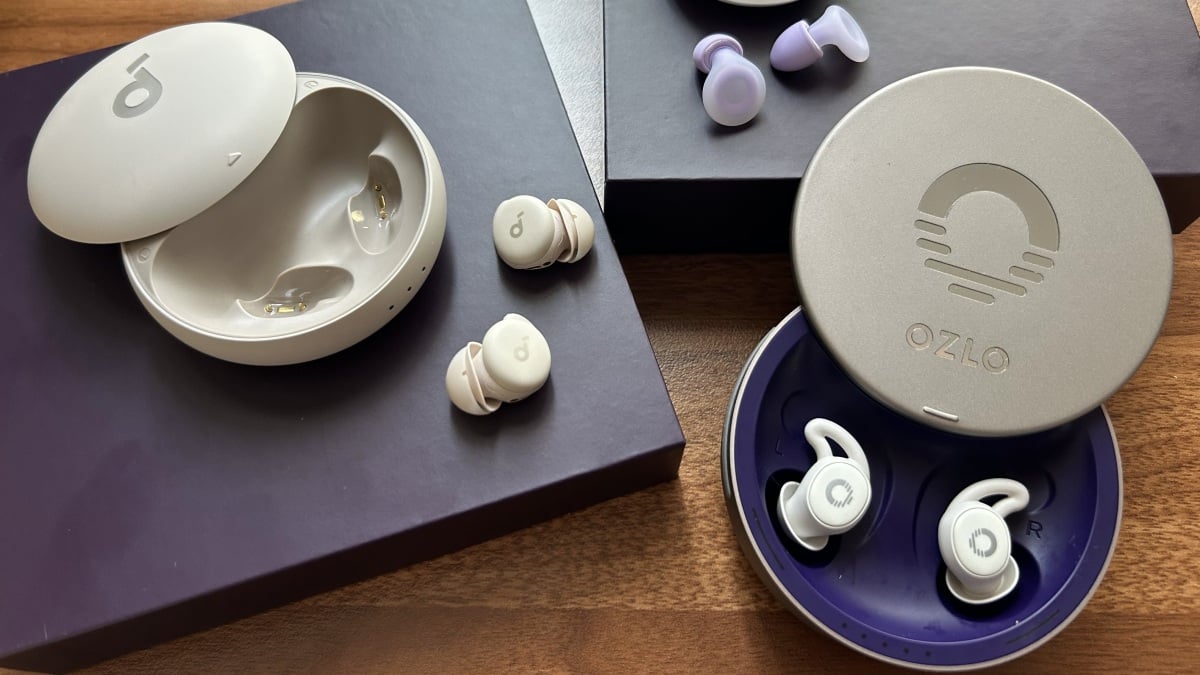
I Tried Sleep Headphones for Over a Month: Here Are the 3 Best Models.
And yes, they are suitable for side sleepers.
Sleeping properly is crucial for improving nearly all aspects of health; however, more than one-third of adults in the United States do not get the necessary hours of sleep, according to CDC data. For those disturbed by a noisy environment, while foam earplugs have been a common option, there are now reusable earplugs and headphones specifically designed for sleeping.
During a trial period of approximately six weeks, tests were conducted with headphones and earplugs ranging from $50 to $300 to determine which are the best available and whether it’s truly worth investing in sleep headphones.
Sleep headphones present significant differences from conventional headphones. Previously, it was common to use an AirPod every night, but after trying devices designed for rest, it became clear that standard headphones do not provide the same experience. Standard headphones are not designed to be used while lying on your side, causing them to protrude and create discomfort. Moreover, they typically have a limited battery life, often lasting six to seven hours, which can interrupt the sleep of those who need to rest for at least eight hours.
On the other hand, headphones designed for sleeping usually provide white noise options, better battery life, and remarkable comfort that allows for hassle-free use throughout the night. The models tested lacked a microphone and featured insensitive touch controls, preventing them from activating while resting. Although they do not offer active noise cancellation, a good fit and passive noise cancellation are effective in minimizing nighttime sounds.
When considering the safety of using headphones for sleeping every night, they are not the only solution for noises that disrupt sleep. Dr. Ashely Kita, an otolaryngologist at UCLA, mentions that an initial approach could be to address a partner's snoring problem before resorting to headphones. She underscores the importance of investigating underlying conditions such as obstructive sleep apnea, which often presents itself with snoring.
If the cause of insomnia goes beyond one’s control, it’s essential to consider three key aspects when using headphones all night: proper hygiene, safe noise levels, and ear comfort. In terms of hygiene, it is important to clean the headphones after each use with isopropyl alcohol to prevent infections, especially if worn for prolonged periods.
Regarding noise levels, excessive exposure can lead to hearing loss, so it is recommended to use the lowest possible volume levels. Dr. Kita recommends maintaining the noise at a safe level and, if necessary, utilizing white noise as a means to facilitate rest.
Comfort is also vital; every person has a distinct ear anatomy, and headphones should fit snugly without causing pain. The tests conducted led to the selection of models that offered various ear tip options.
Among the best sleep headphones, several models stood out in different price ranges, analyzing comfort, effectiveness in noise reduction, ease of use, and value for money. Some of these models have proven to be effective, providing a superior experience, although the most expensive is not always the best.
For those who prefer a non-tech solution, the reusable Loop Dreams earplugs offer effective noise reduction without the use of electronic devices. Although their price is higher than basic models, their comfort and effectiveness justify the investment for those seeking quality rest.
In conclusion, sleep is fundamental to health, and the choice between headphones or earplugs will depend on individual preferences and sensitivity to certain noises. It has been a varied testing period where comfort and effectiveness in sound reduction are key when choosing a device to enhance sleep quality.



